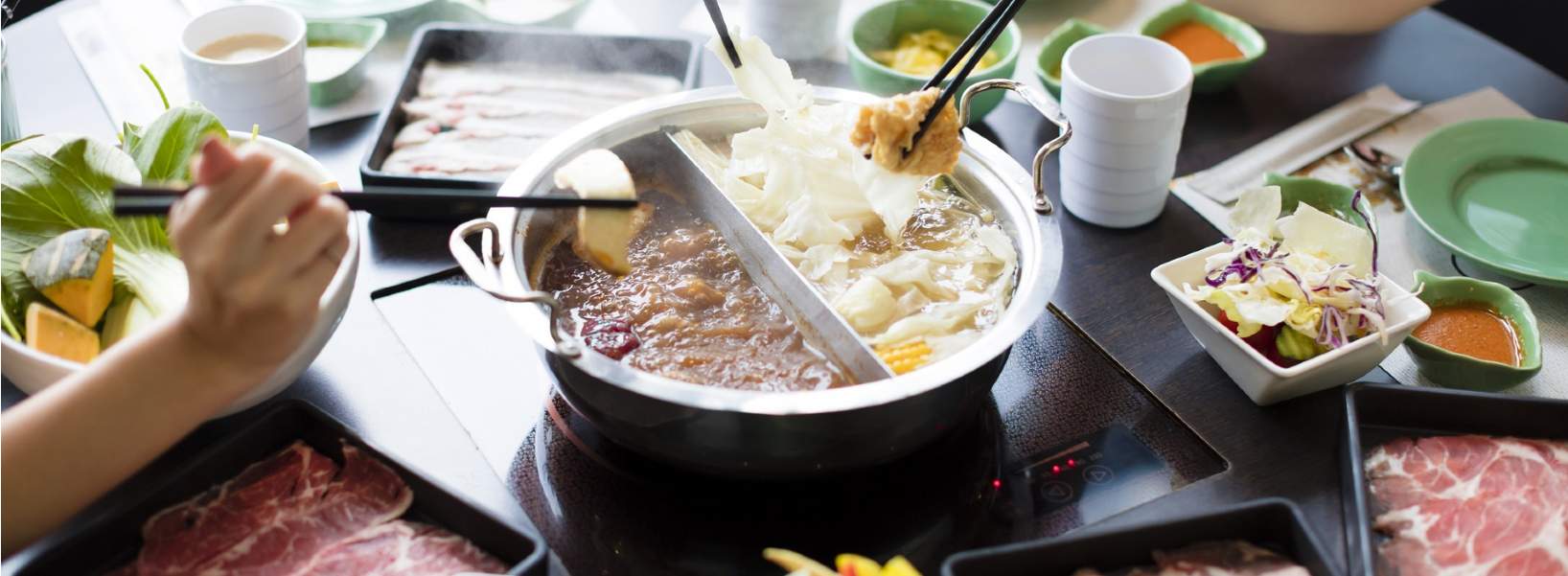There’s little doubt about the creativity and uniqueness of the London restaurant market. Restaurant-goers are constantly looking to expand their ‘foodie’ horizons and it seems the latest trend is for ‘do it yourself’ (DIY) restaurants. These venues provide consumers the experience of being both chef and diner – a progression from the chef’s table and open-kitchen concepts, effectively putting the customer in the kitchen instead.
There are many DIY restaurant experiences out there, but those offering hotpot (originating from China) and Korean or Chinese BBQ tend to stand out. They allow the customer to choose from a menu of meat, seafood, and vegetables, delivered to the table raw, to be cooked by the diner either in a flavoured broth (hotpot) or on a hot stone (Korean BBQ). Although DIY concepts have been present in the UK for some time (for example the opening of global hotpot chain Hai Di Lao in London back in 2019), but with the help of social media apps like TikTok, the market has rapidly expanded with new sites. They are particularly popular among Gen Z diners who tend to be more enthusiastic to learn about different cultures and new cuisines, which explains why many of these operators tend to locate close to universities – aided also by spend from international students.
As with much of the food and beverage trends, there are a number of DIY restaurant businesses in their infancy, and they tend to be run independently. Operators tend to seek 2,000 – 4,000 sq. ft and need a relatively high power supply due to the number of individual cooking stations, meaning it can be challenging to secure sites. We have seen a number of brands from China target the London market, often via an operating or franchise partner – for example Dian Niu Hotpot (12 sites in China) and Qiqiar BBQ (three sites in China). Larger brands include Hai Dia Lao (over 1,000 sites globally) and Happy Lamb Hotpot (over 100 globally).
Overall, it’s clear that hotpot and BBQ concepts are more than just a craze, and we expect the concept, as well as the growth of a wider range of formats such as ‘self-serve’ hotpot restaurant ZhangLiang Malatang in Chinatown, to continue to expand in London and further afield. Such restaurants have the ability to tap into restaurant goers desire for a creative dining experience, one that challenges the more classic ‘traditional’ routine dining experience.
Further information
Contact Sasha Pescod or Jessica Hill
The rise of F&B within luxury retail flagships



.jpg)

.jpg)

.jpg)
.jpg)
.jpg)
